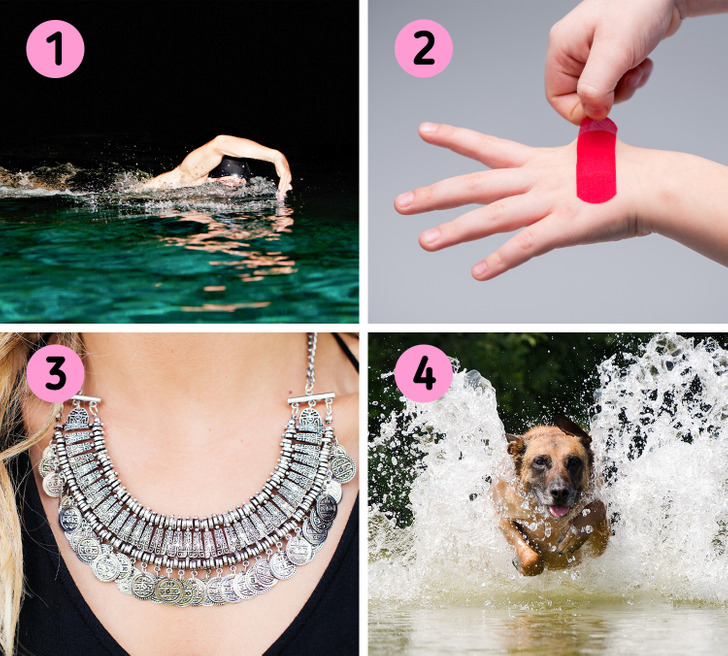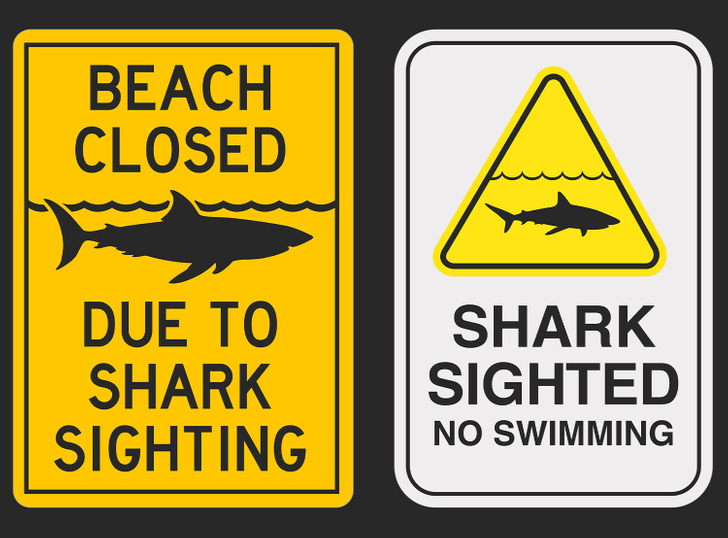How to Stay Away From Sharks and What to Do If One Comes Your Way
Sharks are relatively common sea animals, and they live in every ocean. Suppose you come into contact with one while doing some activities near the sea or ocean. It is crucial to understand what to do if you see one or how to react if one approaches or attacks you. It could be a lifesaver.
5-Minute Crafts will provide you with some steps on how you can identify a shark and what to do if one comes in your way.
❗ Warning: The information in this article is for informational purposes. Please consult with a professional for more details.
1. What to do if you see a shark while in the water
As the shark population increases, you are more likely to spot one on the beach. Here is what you should do if you have an encounter with one:
- Watch every movement of the shark. Let them know that you have spotted them. Most likely, the shark is just passing by.
- Suppose the shark is starting to swim rapidly toward you — this is a sign of aggression, and the best thing to do is to swim peacefully to the beach.
- If the shark is attacking, you should stick your fingers in or punch it in its eyes, nose, or gills — their most sensitive areas. The animal will most likely back off.
4. Get out of the water immediately if you encounter a shark while surfing. Don’t panic and exit calmly.
5. You should swim to the nearest safe area without panicking, like a reef or some shallow coral, if you encounter a shark while snorkeling.
6. If you see a shark while scuba diving, leave the area calmly.
2. What to do if you see a shark from a watercraft
- Most of the time, if you see a shark, that means that the shark is curious and just checking you out. If the shark gets too close, don’t hit it. That will make the situation worst.
- Don’t approach feeding sharks. If you notice feeding activity, calmly paddle 1,200 feet (365 m) away. If you spot a dead animal in the water, stay away from it. Your kayak is the safest place. Stay in it and don’t leave it.
3. How to avoid sharks
- Don’t swim in the ocean in darkness or twilight hours because they are most active then.
- If you have a wound, don’t go into the ocean because sharks can detect blood up to a quarter of a mile (402 m) away.
- Don’t wear metallic or bright jewelry since the reflected light resembles the gloss of fish scales.
- Avoid excessive splashing, and don’t bring your pets in the water due to their uncontrolled movements.
5. In most cases, beaches with a lot of visitors don’t have sharks in them. Lifeguards put signs on the beach, so follow them. They are there for a reason — to educate you and to inform you about what you might encounter in the water.
Bonus: The difference between shark and dolphin fins
3. Both creatures have pectoral fins, and sharks can have up to 4. Also, sharks may have a secondary pectoral fin on the side of their body.






